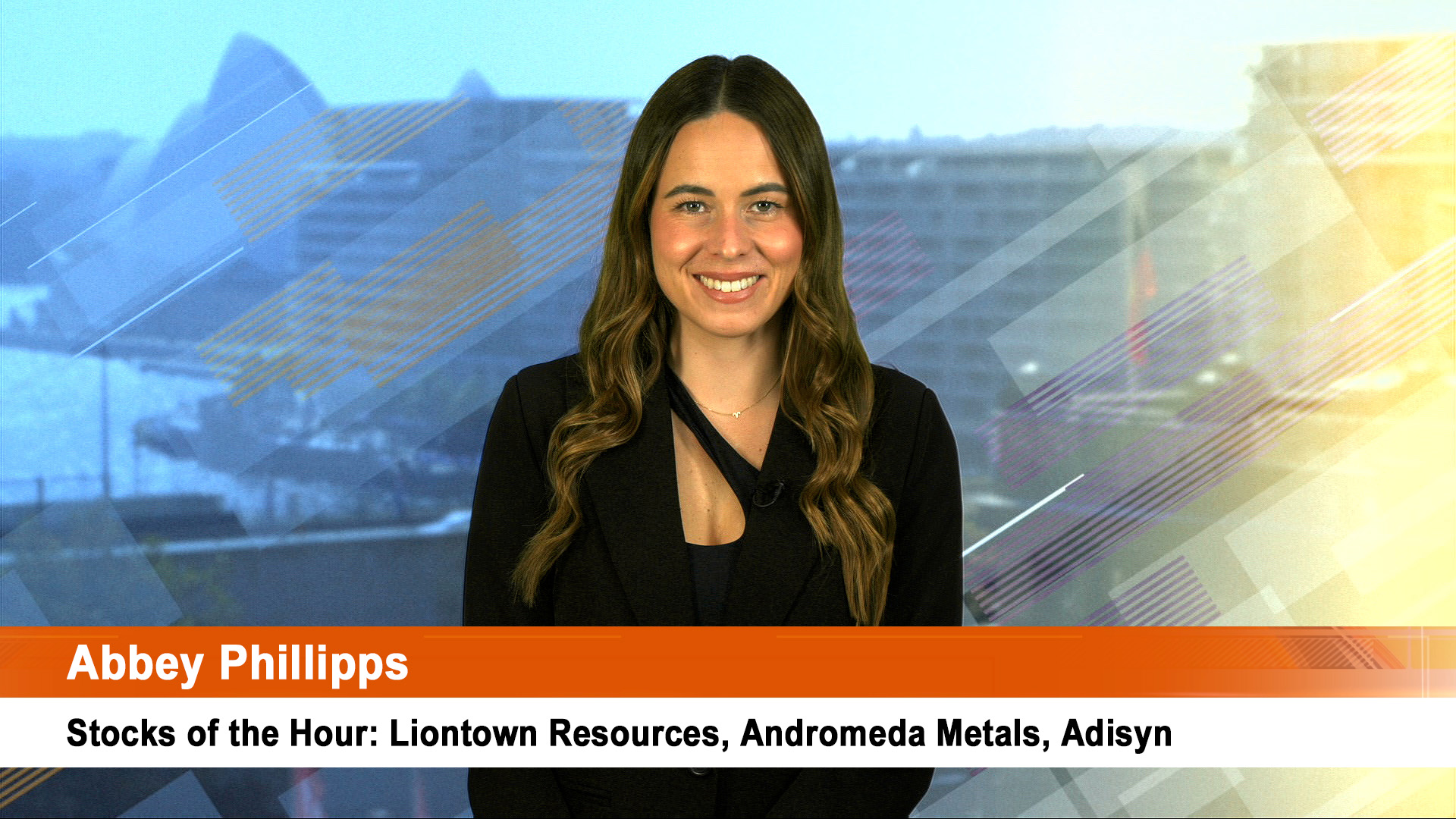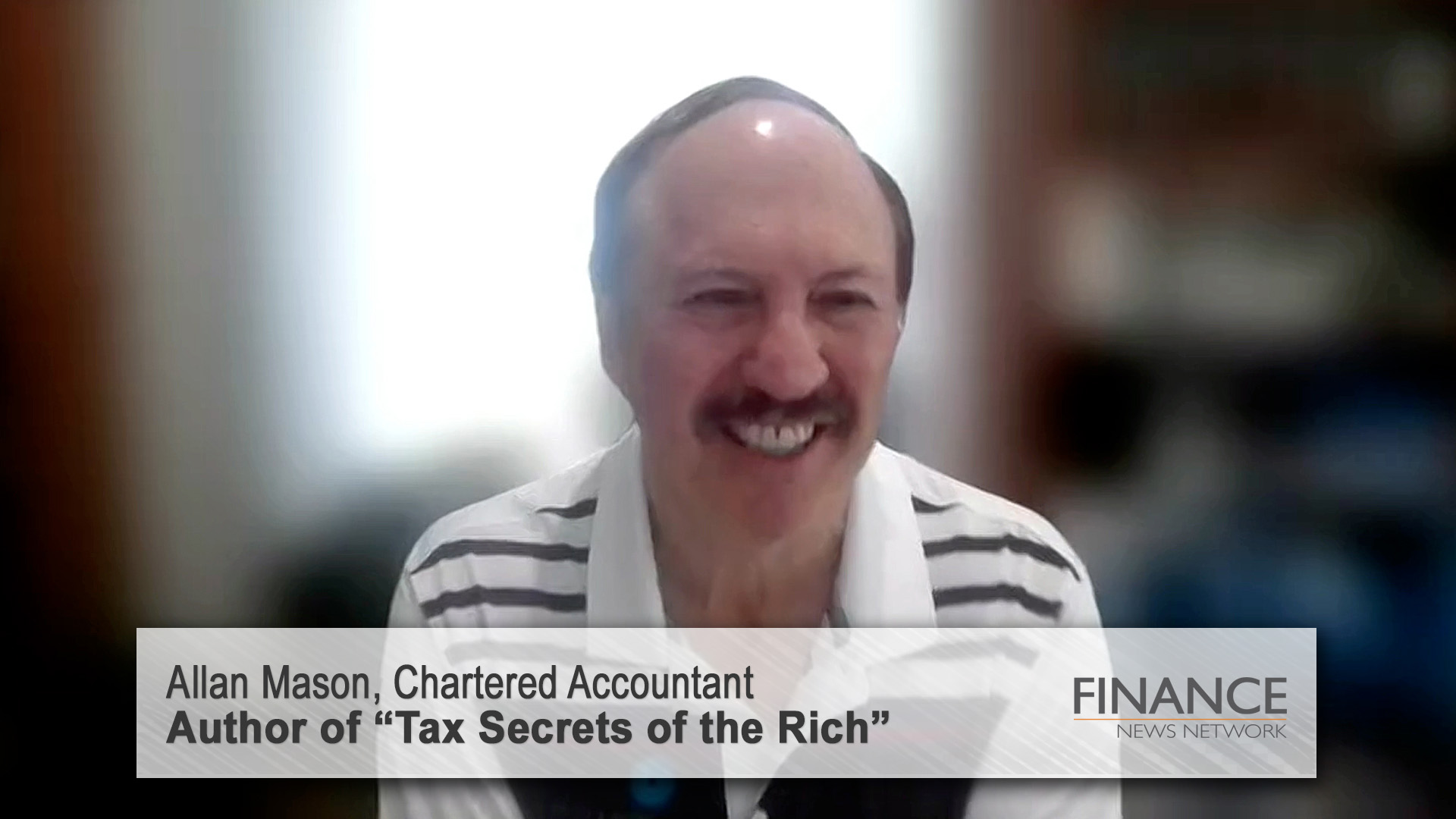Things have been pretty good for the Australian economy over the last 15 years.
The last recession is a distant memory, profit growth has been solid for years and until recently inflation and interest rates were generally benign.
However, earlier this year we started to get concerned that the risk of a hard landing was rising. (In February). The AMP’s chief economist, Dr Shane Oliver says "our main concern was that the RBA was going too far in raising interest rates.
"It has since become increasingly clear that the Australian economy is slowing abruptly," he said.
Abrupt slowdown in Australia
Earlier this year the consensus was that massive iron ore and coal price increases and further tax cuts were likely to ensure that growth remained solid and that to offset the likelihood of further pressure on inflation more official interest rate hikes were required.
As a result of these concerns the RBA hiked rates in February and March.
In the event, Australia has seen a major tightening in financial conditions over the last year.
• The Reserve Bank has increased the official cash rate by 1% to 7.25% over the last year;
• Bank lending rates have risen by an additional 0.5 to 0.6% reflecting an increase in the cost of funds flowing from the global credit crunch. As a result the standard variable mortgage rate has increased from 8.05% a year ago to just over 9.6%, a 20% increase which means that a family on a $250,000 mortgage is now paying about an extra $75 a week in interest payments.
• The credit crunch has slowed the amount of credit available to lend. This is set to worsen as provisioning for bad debts cuts into the lending ability of banks.
• Shares have had a 30% top to bottom fall, reducing wealth levels and confidence and boosting the cost of equity capital to firms. House prices have started to top out and fall, further cutting into wealth levels and confidence.
•The surge in petrol prices has added about $20 a week to a typical family’s weekly petrol bill.
All of this has put a big squeeze on the economy.
The surge in commodity prices is great if you have shares in resources stocks or work in mining related jobs, but for the rest of the economy, the trickle down via, e.g., the tax cuts has now been more than offset by the impact of higher mortgage rates and petrol prices.
The July tax cuts and other Budget measures were worth about $50 a week for a typical family but this compares to an extra $75 in interest payments and an extra $20 in petrol bills.
Not everyone has a mortgage or drives a car – but the key grouping that determines consumption spending at the margin does.
The result has been an abrupt downturn in the economy.
• Consumer and business confidence have fallen back to recessionary levels.

• Retail sales volumes have fallen at an annualised rate of 1.8% so far this year after rising 5.6% last year;
• >Housing related indicators are uniformly weak with falling building approvals, falling housing finance commitments, weekend auction clearance rates running about 20 to 30 percentage points lower than a year ago and generally falling house prices.
• While the pipeline of investment projects yet to complete is huge, new projects are starting to slow.
• The rate of growth in private sector credit has slowed dramatically and housing credit is growing at its slowest pace in over 21 years;
• Softening job vacancies, business hiring plans and job growth indicate the labour market is slowing.
Given the lags involved from tightening financial conditions to their impact on the economy, it’s likely we will see a further deterioration in growth.
In fact, our leading indicator based on building approvals, business and consumer confidence, the share market, the shape of the yield curve and money supply growth is still falling.

Several other considerations are adding to the downside risk.
First, housing is arguably the Achilles’ heal of the Australian economy.
Australia has had a far bigger housing bubble than the US.
The ratios of both house prices and household debt to household incomes are far higher than in the US, suggesting a significantly greater risk of major problems as already high mortgage stress continues to rise made worse by rising unemployment.
Because Australian mortgages are full recourse in contrast to US mortgages where the borrower’s liability is generally limited to the property itself, a US style surge in foreclosures is unlikely.
But this could just mean that mortgage stress will show up in a sharper slump in consumer spending, and this is possibly already getting underway.
Secondly, the terms of trade boost does not provide guaranteed protection for Australia.
Other economies with terms of trade boosts (albeit smaller) are flirting with recession, such as the UK & New Zealand.
In fact New Zealand is now having to cut interest rates having increased them too far.
It should also be noted that even China, India and the rest of Asia are now slowing and this is likely to put some downwards pressure on commodity prices in the short term undermining some of Australia’s terms of trade boost.
China’s growth rate has already slowed from around 12% last year to 10.1%. Growth in India looks like slowing back to around 7% this year from 9% last year.
Not all doom and gloom
The good news is that Australia is in better shape than many













